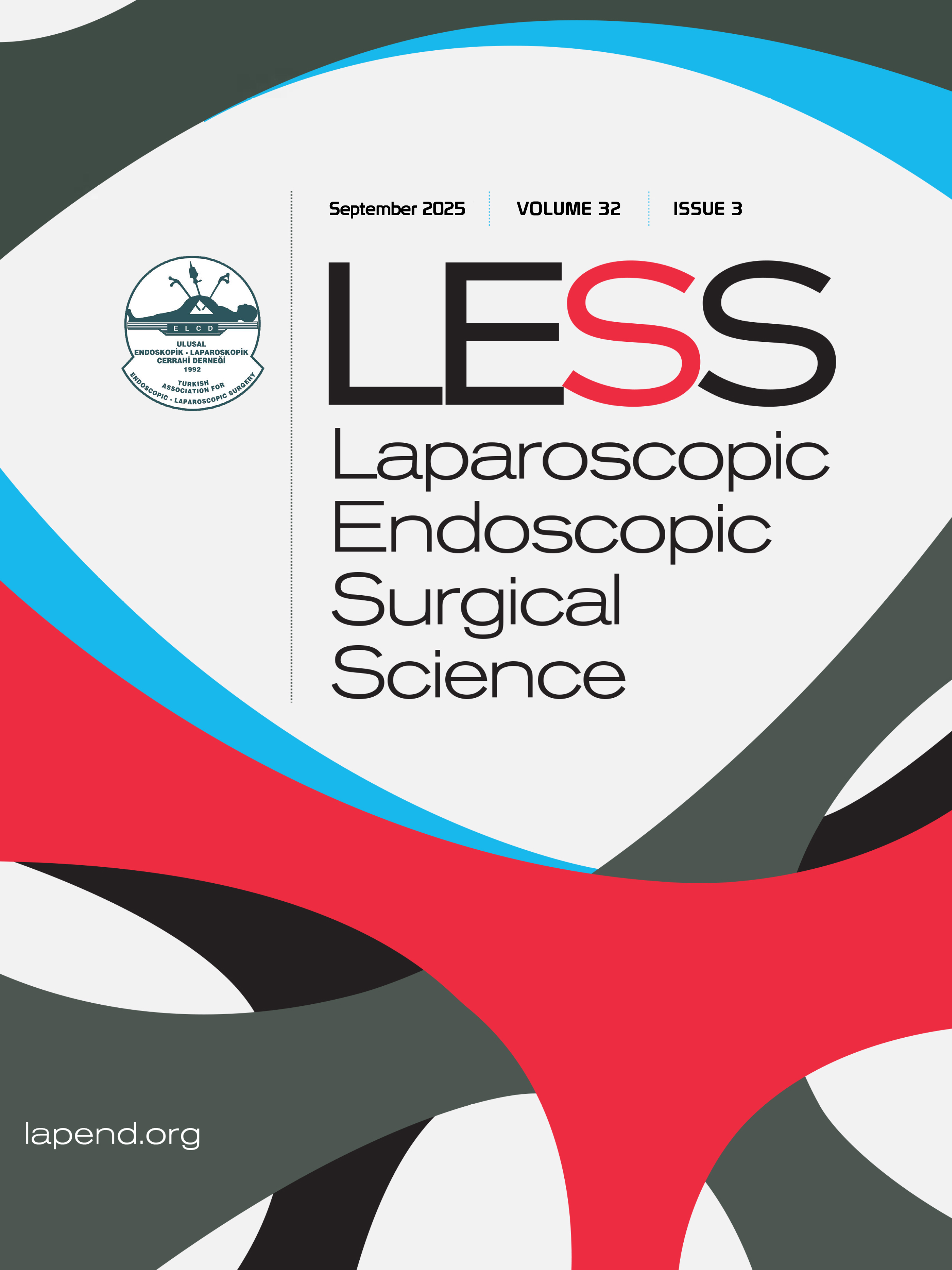Complications during laparoscopic cholecystectomy performed due to acute cholecystitis
Nizamettin Kutluer, Burhan Hakan KanatDepartment of General Surgery, Health Sciences University, Elazığ Fethi Sekin State Hospital, Elazığ, TurkeyINTRODUCTION: Today, laparoscopic cholecystectomy is essential in the treatment of acute cholecystitis, particularly in all patients who have applied in the early period and can tolerate surgery. Although the rates of complication and conversion to open surgery tend to decrease over time with the increasing experience, they are still among the important problems today. The most important complications of laparoscopic cholecystectomy in acute cholecystitis are biliary tract injuries and bleeding. In this article, we aimed to retrospectively present the complications that we encountered in laparoscopic cholecystectomy due to acute cholecystitis.
METHODS: The patients, who underwent laparoscopic cholecystectomy with the diagnosis of acute cholecystitis between March 2016 and December 2019, were retrospectively examined. The patients age, gender, symptomsexamination findings, laboratory findings, ultrasonography findings and pathology findings were analyzed. Complications and the rate of conversion to open in surgical treatment were evaluated.
RESULTS: Of 70 the patients included in this study, 22 (31%) were male and 48 (69%) were female. The ages of the patients were between 2570 and the mean age was 46.08±11.8. Open surgery was performed in six patients (9%). Peroppostop complications developed in three (4%) patients in total. Conversion to open was required in one of these patients. Biliary tract injury occurred in one patient, cystic duct stump leak occurred in one patient, and choledochal stenosis occurred in one patient.
DISCUSSION AND CONCLUSION: As a result, early laparoscopic cholecystectomy in acute cholecystitis is an acceptable treatment option with these complications and rates of conversion to open. It should be considered that complications may occur in the interim period and patients will be at a second risk due to the postponed operation. Minimal invasive methods should be preferred as much as possible with developing complications, and if necessary, support should be obtained from more experienced teams.
Keywords: Acute cholecystitis, complication; laparoscopy; treatment.
Manuscript Language: English















